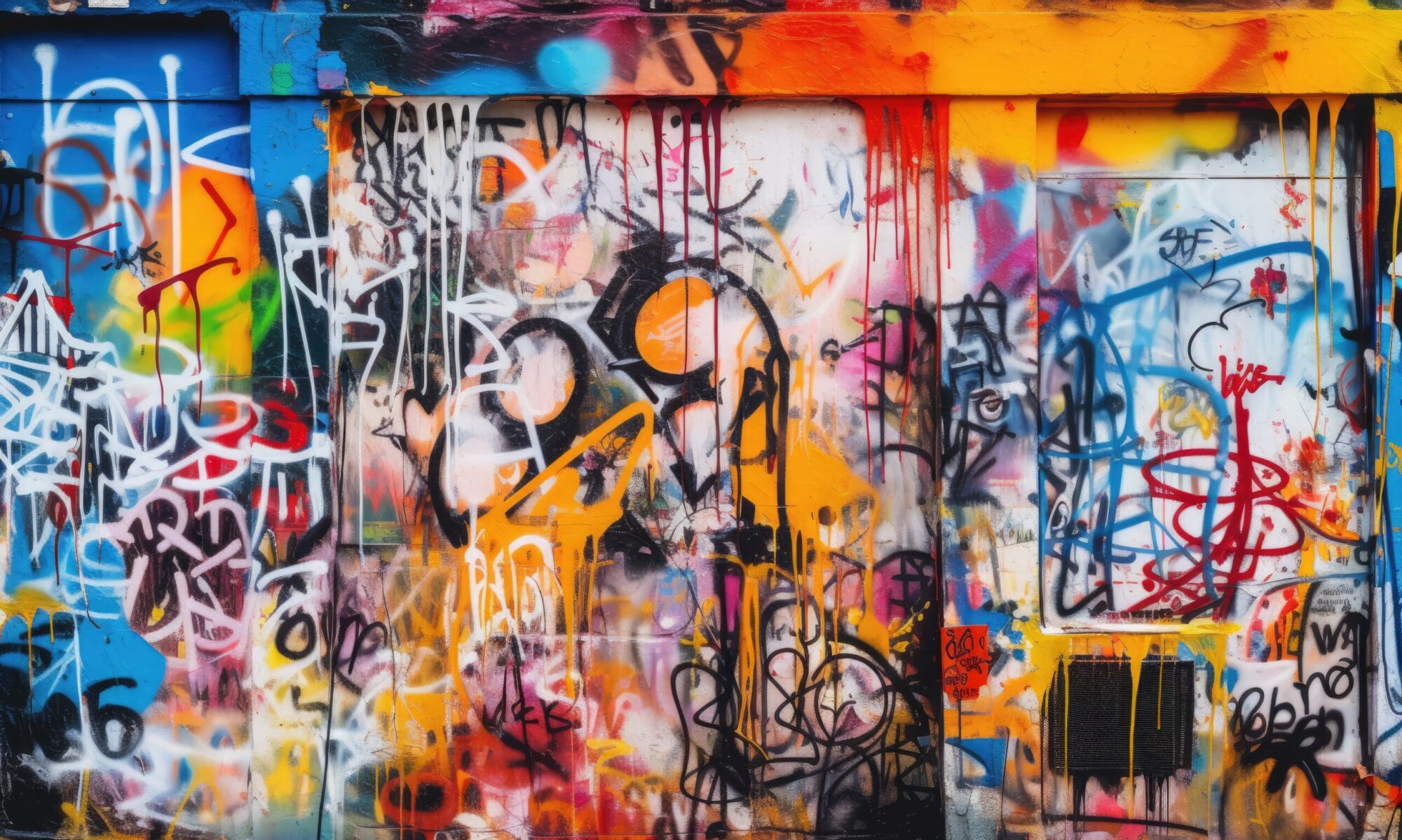Editors note: text below by the primary authors; shared here to support the authors’ open review. -Josh, Will, Maria
Carrie Hintz, Melanie T. Kowalski, Sarah Quigley, and Jody Bailey, the authors of Finding Balance: Collaborative Workflows for Risk Management in Sharing Cultural Heritage Collections Online, are seeking critical, constructive feedback and comments on this preprint draft of their book to ensure accuracy and clarity. To that end, we are sharing the book for open review. More information about the book and our plan for the review process is below.
Overview of Book
In the fall of 2021, we submitted a proposal for this project to the Scholarly Communication Notebook (SCN) initiative led by Will Cross at North Carolina State University Libraries, Josh Bolick at University of Kansas Libraries, and Maria Bonn at University of Illinois Urbana-Champaign School of Information Sciences and supported by IMLS grants LG-72-17-0132-17 and LG-36-19-0021-19. We are grateful that our project was selected for inclusion in the SCN. It was conceived as an open educational resource (OER) focused on managing and creating workflows around copyright risk and digitizing and sharing cultural heritage collections online. We hope it will prove useful to library and information science students who are interested in working as scholarly communications specialists or archivists after they finish their studies. We also hope that library and archives professional practitioners will find this book to be a rich resource for continuing education. It is important to note that although much of this book focuses on copyright, we did not create it for legal scholars or attorneys. It is intended to be a practical guide to help cultural heritage professionals who are not experts in copyright law. Licensed with a Creative Commons Attribution-NonCommercial 4.0 International (CC-BY-NC 4.0) license, the book will be published more formally in 2023.
How will open review work?
The book is currently in Google Docs, and anyone can follow this link and add comments for approximately 8 weeks, at which point comments will be closed and considered by us as we move toward more formal publication. Anonymous review is permitted, and we ask all reviewers to provide comments only, not edits to the text itself. Reviewers who wish to have their review acknowledged should sign their review with their preferred spelling of their name. Critical, constructive feedback is welcome and appreciated; abusive or combative comments will be deleted and/or ignored. Be the reviewer you wish you had, and help make this work the best it can be. Thank you in advance for taking the time to review the book, and please contact us if you have any questions at FindingBalanceOER@gmail.com.
